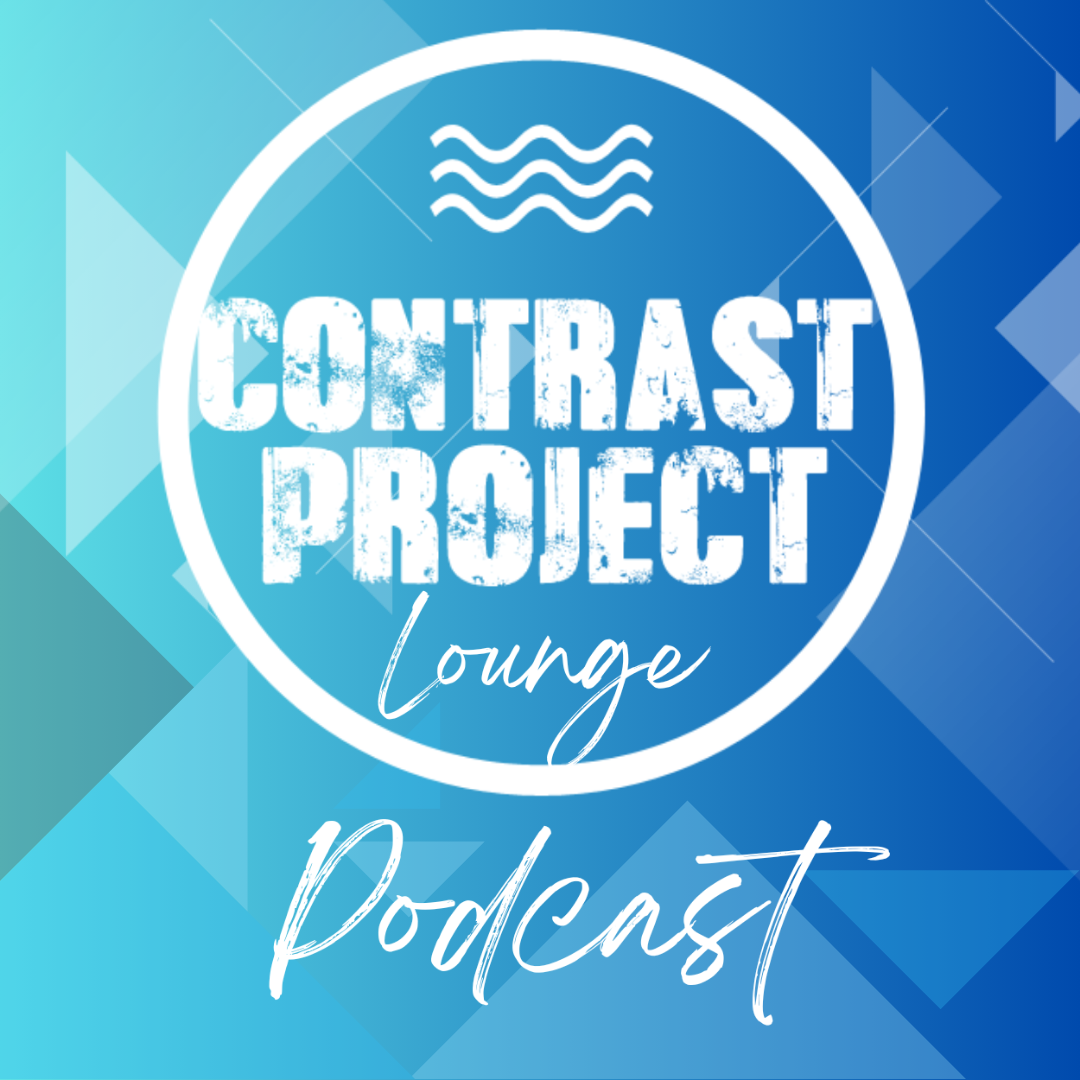Transforming Workplace Culture Through Trauma-Informed Leadership
Dr. Dawn Emerick discusses trauma-informed leadership and the importance of creating trauma-informed workplaces. She explains that trauma-informed principles originated from a study between Kaiser Permanente and the CDC, which showed the long-term impact of adverse childhood experiences on mental and physical health.

Dr. Dawn emphasizes the need for leaders to recognize and address their own childhood traumas and how it influences their behavior in the workplace. She also highlights the impact of the COVID-19 pandemic on mental health and the rise of the great resignation.

The Trauma Tsunami: Understanding Gen Z’s Unique Challenges
The workplace is changing, and a new wave is coming. Dr. Dawn Emerick calls it the “trauma tsunami” – the influx of Gen Z workers who have faced unprecedented challenges. Born between 1997 and 2012, this generation has weathered storms their predecessors never imagined.
From the Great Recession to 9/11, from global pandemics to political upheaval, Gen Z has seen it all. And they’ve seen it up close, thanks to smartphones and social media. This constant exposure to crisis has shaped their worldview and expectations for the workplace.
The Six Pillars of Trauma-Informed Leadership
Trauma-informed leadership isn’t just a buzzword. It’s a framework built on six core principles: safety, trust, peer support, collaboration, empowerment, and cultural sensitivity. These principles form the foundation for creating a workplace where everyone can thrive.
Safety goes beyond physical well-being. It’s about emotional and psychological security too. Trust means fostering an environment where employees feel they can rely on their leaders and colleagues. Peer support encourages a culture of mutual aid and understanding.
From Authoritarian to Affiliative: Rethinking Leadership Styles
Traditional leadership styles often fall short in today’s complex work environment. Dr. Emerick introduces us to six leadership styles: authoritative, visionary, affiliative, democratic, pacesetting, and coaching. Each has its place, but not all are equally effective in a trauma-informed workplace.
The key is self-awareness. Leaders must reflect on their own style and how it impacts their team. Are you a pacesetter, always pushing for more? Or an affiliative leader, prioritizing people over tasks? Understanding your default style is the first step toward becoming a more effective leader.
The Dirty Fish Bowl: Why Individual Change Isn’t Enough
Picture a goldfish in a dirty bowl. No matter how much you improve the fish, if the water remains polluted, the fish can’t thrive. The same principle applies to workplaces. Individual leadership development is crucial, but it’s not enough if the organizational culture remains toxic.
To truly transform a workplace, we need to clean the fish bowl. This means examining hiring practices, governance structures, and change management processes. It’s about creating systems that support and reinforce trauma-informed principles at every level.
The Great Resignation: A Wake-Up Call for Employers
The mass exodus of employees during the pandemic wasn’t just about remote work or higher salaries. It was a rejection of toxic work cultures. People realized they didn’t have to tolerate environments that damaged their mental health and well-being.
This shift has forced employers to reevaluate their approach. It’s no longer enough to offer competitive pay and benefits. Employees, especially those from Gen Z, are looking for workplaces that prioritize their holistic well-being.
Beyond Mental Health Benefits: Creating a Culture of Well-being
Many organizations pride themselves on offering mental health benefits. While this is a step in the right direction, it’s not a silver bullet. True well-being goes beyond access to therapy or counseling services.
It’s about creating a culture where mental health is openly discussed and prioritized. Where taking a mental health day isn’t seen as a weakness, but as a necessary part of self-care. Where leaders model healthy behaviors and encourage their teams to do the same.
The Ripple Effect: How Trauma-Informed Leadership Impacts Bottom Lines
Trauma-informed leadership isn’t just good for employees – it’s good for business. When people feel safe, supported, and valued at work, they’re more productive, creative, and loyal. This translates to lower turnover rates, higher customer satisfaction, and ultimately, better financial performance.
But the benefits extend beyond the balance sheet. Companies known for their positive cultures attract top talent, especially among younger generations. They also tend to be more innovative and adaptable, crucial traits in today’s rapidly changing business landscape.
From Awareness to Action: Implementing Trauma-Informed Practices
Knowing about trauma-informed leadership is one thing. Implementing it is another. Dr. Emerick suggests starting with self-reflection. Leaders must be willing to examine their own biases, traumas, and leadership styles before they can effectively guide others.
Next, assess your organization’s current culture. Are there elements of psychological safety already in place? Where are the gaps? Involve employees at all levels in this process – their insights are invaluable.
The Million Leader Movement: A Vision for the Future
Dr. Emerick has set an ambitious goal: to reach one million trauma-informed leaders by 2031. It’s a vision that goes beyond individual organizations. It’s about creating a ripple effect that transforms entire industries and societies.
This movement isn’t just about reaching a number. It’s about fundamentally changing how we think about work, leadership, and human potential. It’s about creating workplaces where people don’t just survive, but thrive.
Keywords:
trauma-informed leadership, workplace culture, Gen Z employees, psychological safety, leadership styles, employee retention, mental health in the workplace, organizational change, toxic work environments, generational differences in the workplace
Hashtags:
#TraumaInformedLeadership #WorkplaceCulture #GenZWorkforce #PsychologicalSafety #LeadershipDevelopment #EmployeeWellbeing #OrganizationalChange #MentalHealthAtWork














